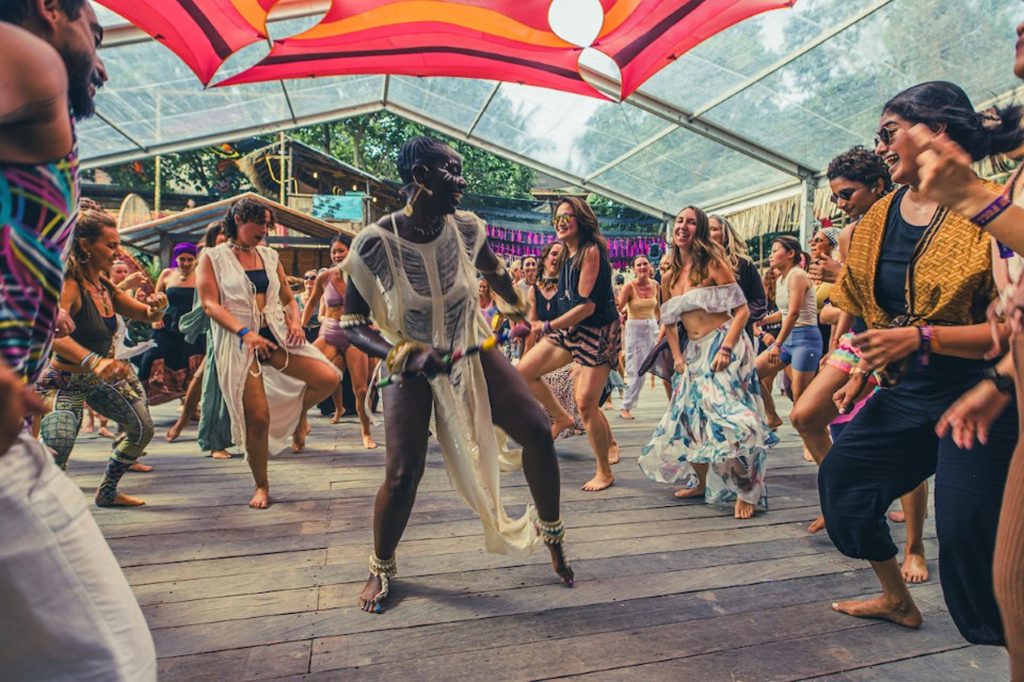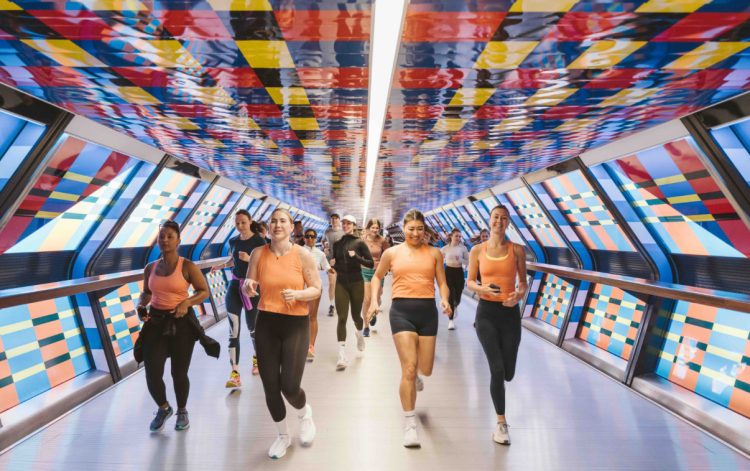In an era marked by rising rates of lifestyle-related illnesses and declining physical activity among urban populations, cities around the world are increasingly turning to fitness events not just as one-off spectacles, but as vehicles for long-term public health improvement. From charity marathons and yoga in the park to sprawling wellness festivals, these large-scale gatherings are being reimagined as platforms for education, inspiration, and transformation. But beyond the excitement and media buzz, an essential question arises: can fitness events truly serve as catalysts for better community health—or are they just fleeting moments of motivation?
The Growing Popularity of Public Fitness Events
Over the past two decades, city-wide fitness events have exploded in popularity. Major cities host annual marathons that attract tens of thousands of participants, while weekend wellness festivals combine workouts, nutrition workshops, and mental health seminars into a carnival-like experience. Events like “Global Wellness Day,” “Color Run,” “Parkrun,” and “Healthy City Weeks” are drawing crowds of all ages and fitness levels. These occasions typically emphasize inclusivity, allowing both seasoned athletes and first-timers to participate. The accessibility of such events—often free or low-cost—makes them particularly appealing for communities with limited access to traditional gyms or fitness programs. Importantly, their scale and visibility help normalize physical activity and embed it into the cultural fabric of a city.
Physical Activity as Public Celebration
One of the most compelling impacts of city-wide fitness events is their ability to reframe physical activity as a shared cultural celebration rather than an individual obligation. When city streets are closed to traffic and transformed into tracks for runners, cyclists, or even Zumba dancers, the collective experience transforms how people view exercise. It is no longer something done in isolation behind closed doors, but a communal expression of health, vitality, and unity. These events temporarily reshape urban spaces into arenas of wellness, giving participants a sense of ownership and pride in their bodies and their cities. This festive atmosphere lowers the intimidation factor for beginners and sparks curiosity in passersby, making the first step toward fitness less daunting.
Charity Marathons and the Power of Purpose
Charity marathons stand out as particularly powerful examples of how fitness events can galvanize community engagement. By linking physical exertion to a greater cause—whether cancer research, mental health awareness, or homelessness support—these events infuse workouts with meaning. Participants aren’t just running for themselves; they’re running for loved ones, for justice, for visibility. This sense of purpose deepens motivation and emotional investment, often leading to longer-term behavioral change. In fact, many runners who sign up for charity marathons report continuing to run regularly after the event and becoming advocates for both health and the cause they supported. These events also activate networks of fundraising, volunteerism, and local partnerships, weaving health promotion into the broader fabric of civic life.
Wellness Festivals: More Than Just Movement
While marathons and races provide an entry point through cardiovascular challenge, wellness festivals expand the concept of health to include the mind, spirit, and social connection. These events often feature workshops on nutrition, mental wellness, mindfulness, sleep hygiene, and stress management. By bringing together practitioners, thought leaders, and vendors in one accessible location, wellness festivals democratize knowledge that is often siloed or expensive. They encourage attendees to explore a holistic approach to health, sparking curiosity about plant-based eating, yoga, breathwork, or digital detoxing. Importantly, wellness festivals also serve as hubs for building micro-communities—people connect over shared interests and continue their journey together beyond the event through online groups, classes, or accountability partnerships.
Creating Lasting Change Through Event Legacies
A central concern with fitness events is whether their impact extends beyond the day of the event. Critics argue that without follow-up programs or sustained engagement, these events are little more than health-themed parties. However, when strategically integrated into broader public health strategies, fitness events can generate lasting change. Cities like Copenhagen, Melbourne, and Vancouver have built entire community health initiatives around their marquee fitness events. For example, a city may pair a marathon with pre-event training programs, educational campaigns, free medical screenings, and post-event support groups. In this way, the event becomes a focal point in a longer continuum of care and empowerment. Additionally, successful events often generate momentum for infrastructure improvements—bike lanes, public fitness zones, better park maintenance—which serve communities long after the crowds disperse.
Lowering Barriers to Entry
Fitness events have the potential to dismantle some of the most persistent barriers to physical activity: cost, access, motivation, and confidence. Many events offer free entry or scholarships, reducing economic exclusion. They are held in public, familiar locations like city squares or parks, reducing logistical barriers. The group setting and festive energy diminish fears of judgment or failure. For marginalized communities—seniors, immigrants, low-income families, people with disabilities—these factors are especially crucial. Organizers who intentionally design inclusive events, with accessible routes, multilingual materials, childcare options, and culturally relevant programming, extend the reach and equity of public health initiatives. The more representative and welcoming these events are, the more likely they are to catalyze health behavior change among those who need it most.

Mental Health, Belonging, and Social Capital
Physical health is only one aspect of community well-being. Fitness events also play a powerful role in promoting mental health and social cohesion. Participating in a collective physical challenge releases endorphins, reduces anxiety, and boosts mood. But just as importantly, it fosters a sense of belonging. People meet neighbors, discover local groups, and feel seen in a crowd. In an age of digital disconnection and urban isolation, this sense of in-person community is invaluable. Repeated exposure to fitness events can build what sociologists call “social capital”—the web of relationships and trust that make societies more resilient. This increased connectedness correlates with better mental health outcomes, greater civic participation, and even lower crime rates.
Economic Benefits with a Health Dividend
City-wide fitness events also bring economic value, which indirectly supports community health. Participants and spectators spend money on food, transport, gear, and accommodation, boosting local businesses. Health and wellness brands sponsor booths, clinics, or product samplings, introducing communities to resources they might not otherwise access. Municipalities often see increased tourism and media attention, which can justify greater investment in recreational infrastructure. The return on investment isn’t just financial—it’s also physiological. Studies show that every dollar spent on preventive health programs saves multiple dollars in future medical costs. Fitness events are part of this equation, providing low-cost, high-impact interventions that can reduce strain on health systems over time.
Inspiring the Next Generation
Children and teenagers who witness or participate in fitness events often carry those experiences into adulthood. Events that include youth races, school challenges, or family fun runs create positive associations with movement. They teach goal-setting, perseverance, and sportsmanship. Young people who see adults prioritizing health in a joyful, social context are more likely to adopt similar habits. Fitness events also offer platforms for young leaders—high school students organizing their own 5Ks, volunteering at aid stations, or leading warm-ups. In this way, fitness events cultivate a culture of wellness that transcends age and becomes embedded in generational norms.
Digital Integration: Extending Reach and Motivation
The rise of fitness apps, wearable trackers, and social platforms has amplified the impact of city-wide events. Participants can train together virtually, share progress, and celebrate milestones online. Hybrid events, combining in-person and virtual components, allow people who cannot attend due to health, distance, or time constraints to still engage meaningfully. Post-event challenges or leaderboards keep momentum alive long after the tents are packed. Hashtags and digital storytelling also help spread inspiration and normalize fitness in broader circles. This blending of physical and digital space ensures that fitness events don’t remain confined to a single location or date—they ripple outward, impacting far more lives.
Policy Implications and the Role of Local Government
If fitness events are to be more than spectacles, they must be integrated into a city’s public health framework. Local governments play a pivotal role in making this happen. They can provide permits, funding, safety oversight, and marketing support. More importantly, they can align event objectives with city health priorities—targeting obesity, diabetes, air quality, or mental health. Municipalities can also create feedback loops, collecting data on participation demographics, satisfaction, and outcomes to continuously improve programming. Partnerships with public schools, clinics, libraries, and transportation agencies can help broaden reach and effectiveness. When governments see fitness events not just as entertainment but as policy tools, their transformative potential is unlocked.
Conclusion: From Moment to Movement
Fitness events hold immense potential as catalysts for better community health. They ignite motivation, lower barriers, foster social connection, and educate the public—all in a joyful, communal setting. But their real power lies in what happens after the confetti settles. If supported with infrastructure, inclusivity, and long-term vision, fitness events can evolve from one-day spectacles into sustained movements. They can reshape cityscapes, shift cultural norms, and embed wellness into the DNA of urban life. As we face growing global health challenges, the answer may not lie solely in hospitals or policy chambers—but in the streets, parks, and plazas where communities come together to move with purpose and hope.

















































